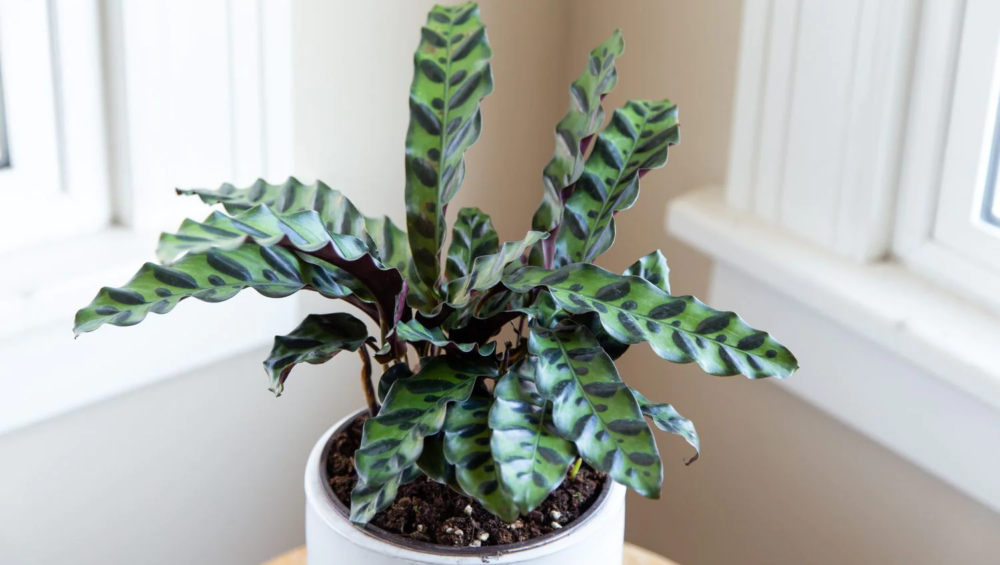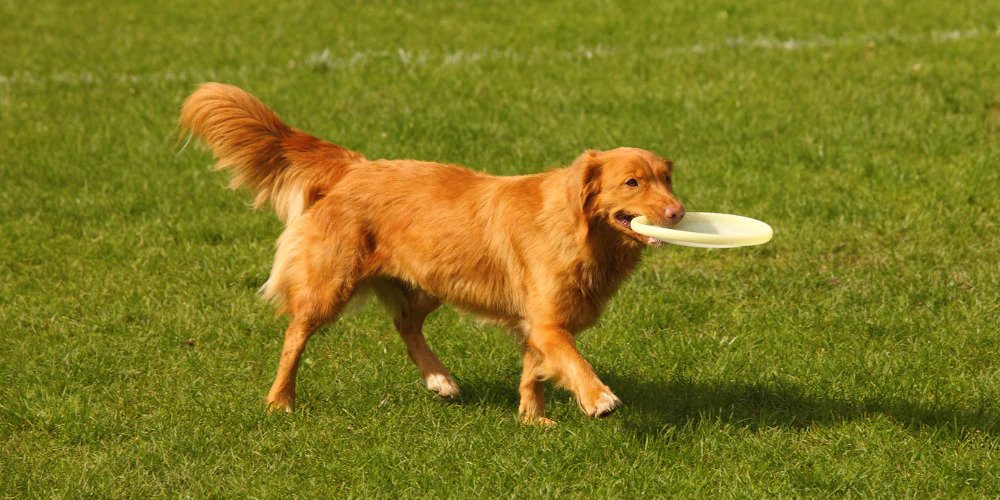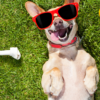The key to guaranteeing our cherished pets long and healthy lives is giving them the right nourishment. For animals to flourish, it is essential to meet their nutritional needs. Here we’ll discuss the fundamentals of pet nutrition for your furry friend.
Macronutrient Equilibrium:
Three main macronutrients should be included in a diet that is balanced for your pet:
Proteins: are vital for building muscle and maintaining general health.
Carbohydrates: Dietary fiber and energy source
Fats: are essential for energy production, thermal regulation, and the uptake of fat-soluble vitamins.
The optimal ratio of the macronutrients depends on the age, size, and activity level of your pets. Finding the ideal balance can best be ascertained by speaking with your veterinarian.
Micro nutrients:
Pets also require micronutrients such as vitamins and minerals. These are essential for keeping teeth and bones strong, as well as a robust immune system.
Protein Quality:
It concerns where protein comes from. Lean meats and fish are examples of high quality protein sources that are healthier for your pet than the low-quality fillers that are frequently used in some commercial pet diets.
Avoid Overfeeding:
Overfeeding can result in obesity and a number of other health issues. Consider the size and activity level of your pet when determining the appropriate portion amounts. Treats ought to be administered sparingly.
Age and Life Stage:
At different phases of their lives, pets have distinct dietary needs. For example, senior pets may need particular diets for age-related diseases, whereas puppies and kittens need more calories and minerals for growth.
Special Dietary Needs:
Certain pets can require a particular diet because of allergies, sensitivities, or long-term medical issues. Work with your veterinarian to determine the best choices for these needs.
Hydration:
It is crucial that your pet always have access to fresh, clean water for proper digestion, circulation, and temperature control.
Consult your veterinarian:
Pets differ tremendously in what they require to eat because each one is different. Your veterinarian can offer tailored advice and suggest particular brands of pet food that meet your pet’s health needs.
Read Labels:
Prior to choosing any commercial pet food, thoroughly study the labeling. Eat only foods that mention particular sources of protein; stay away from foods that have a lot of artificial additives and fillers.
Homemade Pet meals
Working with a veterinary nutritionist is important if you’re planning to make your own pet food in order to develop a balanced diet that suits your pet’s requirements.
To sum up, a responsible pet owner must consider pet nutrition. A balanced, nutrient rich diet for your pet can make a big difference in their general well-being, lifespan, and happiness. Never forget to seek professional advice from your veterinarian regarding diet and nutrition for your pet. A happy pet is one that is well!






